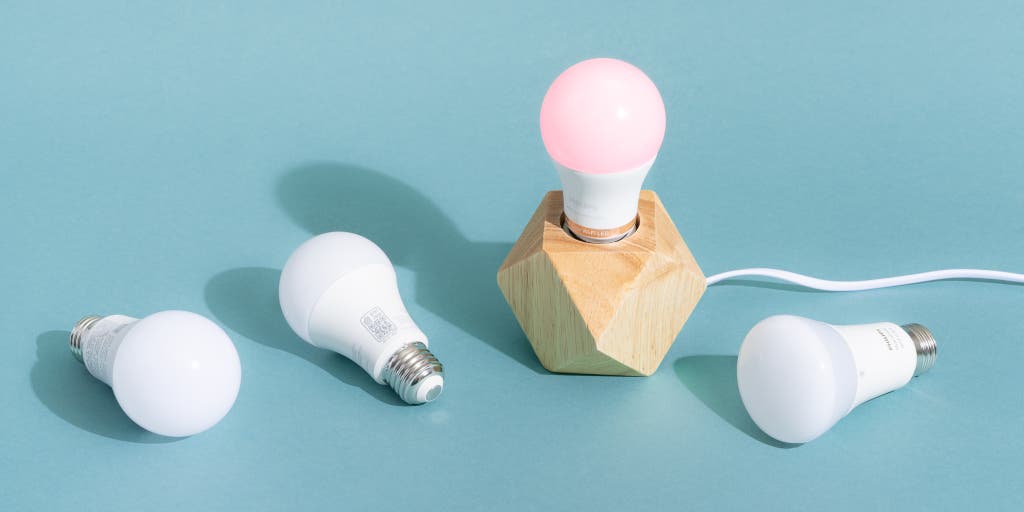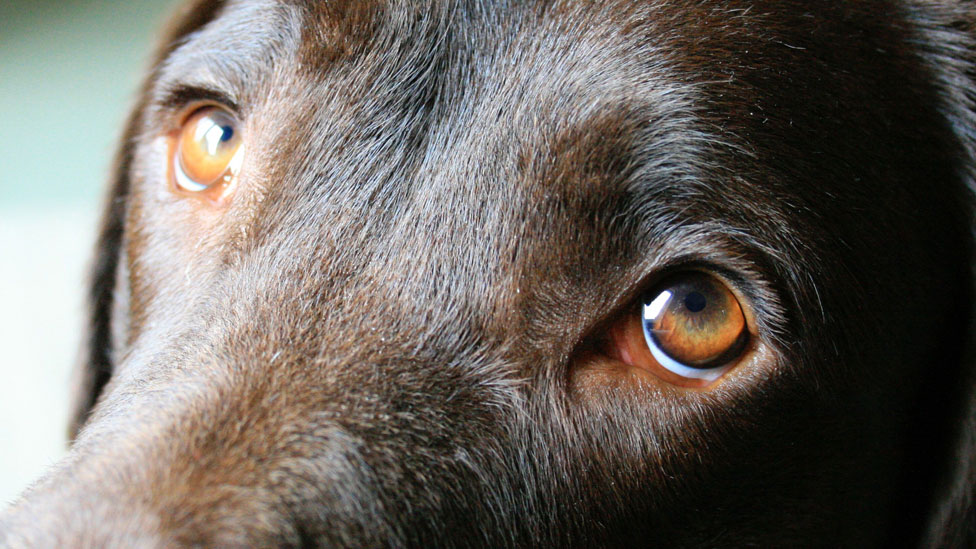How does LED light affect animals?
Many people are using LED lights for their pets because they save money and do not require much electricity. This article will discuss how many types of lights affect animals, including LED light.
First, the answer to this question depends on what kind of LEDs you use. LED stands for "Light Emitting Diode," which means that it converts electric current into visible light. LEDs themselves can be used in many ways; they can be utilized as indicator lamps in appliances or consumer electronics, backlights in LCD displays, Christmas tree lights, traffic signals, holiday lighting/decorations, and much more.
The wavelength emitted by an LED is dependent upon its composition. It also depends on whether or not it has a phosphor coating that determines the color of the light. Without the phosphor coating, LEDs emit ultraviolet (UV) light.
Some LED lamps are designed to produce mostly UV-free illumination, whereas others are not; in general, LEDs in devices with integrated circuits (e.g., computers), or those in energy-efficient lamps will emit significant amounts of UV radiation if they are not coated with phosphors that absorb shorter wavelengths and re-emit them as longer wavelengths (which appear white).
It is important to note that some animals can be severely affected by different types of lights, especially artificial lighting like LEDs. This is because many animals have color blindness when it comes to certain colors like red or green which makes their night vision worse than humans'.
What is the difference between human eyes and dogs eyes?
Dogs and humans have two types of photoreceptors, rods, and cones. Rods are very sensitive to light at low levels but do not distinguish colors well. Cones are less sensitive to dim light, but they become activated when there is more light present. Humans have three different-colored cones (red, green, blue) which allow them to see a range of colors whereas dogs only have two color cones (blue and yellow), making them color-blind on the same level as red-green color blindness in people.
Our eyes can adjust to different levels of light really quickly, but dogs' eyes cannot. This means even if you're in a dark room it can take your eyes 10 minutes before they adjust while dogs' eyes will only adjust after 45 minutes.
This difference between our two types of vision provides humans with an advantage when it comes to seeing in the dark because their night vision is better than that of dogs'.
What do human eyes see? What do dog eyes see?
A normal human eye will view LEDs as white, but if you look at the same LED through a dog's eyes, it will appear yellow or amber because dogs can only see blue and green. Dogs are color-blind to reds, oranges, yellows, purples, browns/tans/beiges. So basically black objects are just dark gray shapes to them. This is why you may have noticed that your dog likes to play with black things more.
Color blindness affects a large number of canines. Since dog eyesight is not as sharp as human vision, dogs rely much more on their sense of smell and hearing in order for them to do everyday tasks around the house.

Because a dog's color spectrum is limited, they cannot tell when something has changed color. For instance, your dog seems completely unaware when you change his food from regular brown kibble to green, blue, or red. All objects appear grayish to him.
As such, it is important that you try not to get too caught up in decorating with colorful lights because it appears very dull and unappealing to your pet. You may also keep in that if you want your pet to keep calm during the holidays, you should better avoid playing with colorful LED lights since they can change their mood and behavior for a few days after exposure to such lighting.
Do LED bulbs or strips affect dogs` eyes?
Yes, LED light has a different effect on dogs than it does on humans.
First of all, LEDs emit very bright and concentrated lights that can cause discomfort or pain when they are too close to an animal. Secondly, the color spectrum is important when you need to consider if your lights will affect your pet's eyes. Finally, remember that any LED lights used in your home should be dimmed so the brightness won't hurt your dog's eyes.
Can LED bulbs be harmful to dogs` eyes?
LED lights are safe, but putting them too close to animals can be harmful.
The answer is yes because dogs' eyes are much more sensitive than humans'. As mentioned above, LED bulbs to emit bright concentrated light that causes discomfort or pain when the animal gets too close to it. For example, many people use nightlights for their pets but they are not aware of how dangerous it may be for their pet's health. Although the nightlight reduces your house into darkness, your dog still needs natural sunlight or at least an hour of exposure every day for best results.
Does it depend on the LED light color?
Red, green, and blue LED lights can help you see at night, but they can affect your pet's vision if the light is too bright.
Basically, white LED lights are worst than red, green, or blue ones because it includes all visible colors to dogs. So make sure your Christmas tree or other holiday lights are not using only white LEDs. Also, consider buying a special lamp for yourself with no added UV-A and UV-B rays which are harmful to pets' eyesight.
You should be more careful when buying LED lamps intended for human use, especially those used as backlights in TVs or computer monitors. Make sure it emits low levels of radiation, otherwise it may hurt your dog's eyes.
Does light temperature matter?
Light temperature is measured in Kelvins (K) and it is used to represent the color of the light. The lower the number the less bluish or whiter (higher K value) the source will appear; conversely, higher numbers mean a more bluish-white appearance.
Also please note that most LED lights emit radiation in all parts of the visible spectrum which can be potentially harmful to our pets' eyes. That's why you should always pay attention to what color your dog sees when you change a bulb.
Do LED lights need a cover? If so which one?
You don't need a special cover for your bulbs, but make sure they are not too bright. You may use any lampshade from your home.

Is it safe to keep my dog near LEDs?
It is very dangerous for a dog to be exposed to any blue light-emitting devices. It's best to keep your pets away from these lights when they are in the same room as you.
Even if LEDs are very safe, remember that there is no reason to take unnecessary risks when it comes to the health of your pet. So, try dimming your lights and limit their exposure to LED-lighted items in places where it might be dangerous.
Last but not least, do not forget that our pets can't tell us if something hurts them, so look out for possible symptoms after use. If you have any concerns about your pet's reaction to LED lights, talk to a professional veterinarian immediately.
What should I do?
If you're planning to use LED-lighted toys for your pet, just keep them out of reach. The light can be very bright and concentrated so the risk of eye irritations is real. When it comes to Christmas trees or other holiday lights, try using non-white LEDs which are safer than normal ones. Also, consider buying special lamps for yourself.
Make sure all pets in your house get at least one hour of daily exposure to natural sunlight or full-spectrum lighting that does not emit UV rays harmful to their vision. And always watch carefully over your pets when they are exposed to any LED-lighted items. If you notice something unusual (for example, watering eyes), call a veterinarian immediately.
If you want to be sure and avoid any possible discomfort for your pet, we suggest using warm white (2700K) bulbs in place of bright white (4200K) bulbs, which have been known to blind pets due to their high-intensity and concentrated light.
What is the best LED light to use in my house?
The best LED light is one that emits non-UV radiation, like the warm white (2700K) bulbs. If you're planning to use LEDs for your holiday lights, try buying special lamps with no added UV rays which are harmful to pets' eyesight.
When it comes to Christmas trees or other holiday lights, try using non-white LEDs which are safer than normal ones. Also, consider buying special lamps for yourself. Make sure all pets in your house get at least one hour of daily exposure to natural sunlight or full-spectrum lighting that does not emit UV rays harmful to their vision.
And always watch carefully over your pets when they are exposed to any LED-lighted items. If you notice something unusual (for example, watering eyes), call a veterinarian immediately.
Remember that an eye problem is much easier to prevent than repair, so try having fun with your dog this holiday season without exposing them to unnecessary risks. Be sure it emits low levels of radiation, otherwise, it may hurt your dog's eyes.
What about other animals? Do LED lights affect them?
Cats, birds, turtles, fish, and other pets are also very sensitive to light changes. If you have any of these in your home, use low-intensity LED lights for your trees or other holiday displays. Otherwise - do not change the lighting in your house without taking them into account, or risk blinding them.
Make sure all pets in your house get at least one hour of daily exposure to natural sunlight or full-spectrum lighting that does not emit UV rays harmful for their vision. And always watch carefully over your pets when they are exposed to any LED-lighted items. If you notice something unusual (for example, watering eyes), call a veterinarian immediately
What should you do if your dog became blind to LED lights?
If you noticed that your dog's eyes are watering, blinking repeatedly, or seem to be sensitive to light in general - you should call a veterinary. If it's too late and your pet became blind, go see a veterinarian immediately. Last but not least, do not forget that our pets can't tell us if something hurts them, so look out for possible symptoms after use.
If your dog lost its vision due to LED lights, it may never fully recover. However, there are many aids available for animals who lost their vision. You can try using special night-vision glasses or installing motion sensor lights around the house; anything that will make living easier for your poor buddy hurting their little eyes more than necessary.
However, if they lost their eyes due to LED lights it's unlikely that they will ever recover completely.
Conclusion
You can use LED light for your holiday tree or other items, but be sure to check if it emits UV rays, because they are harmful to pets. Remember to give them enough time in front of the natural light or full-spectrum light which also doesn't emit any harmful radiation. You can use warm white (2700K) LED lights instead of bright white (4200K), since the latter may cause blindness in your dog's eyes. If you suspect something's wrong with your dog's vision, don't hesitate to call a veterinarian immediately!